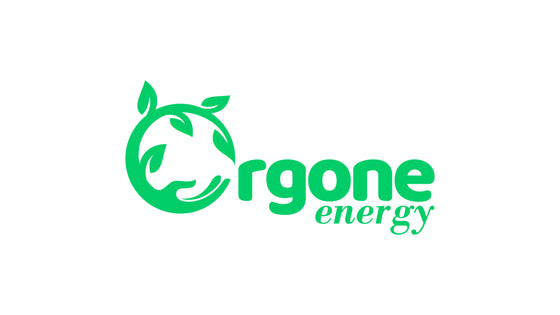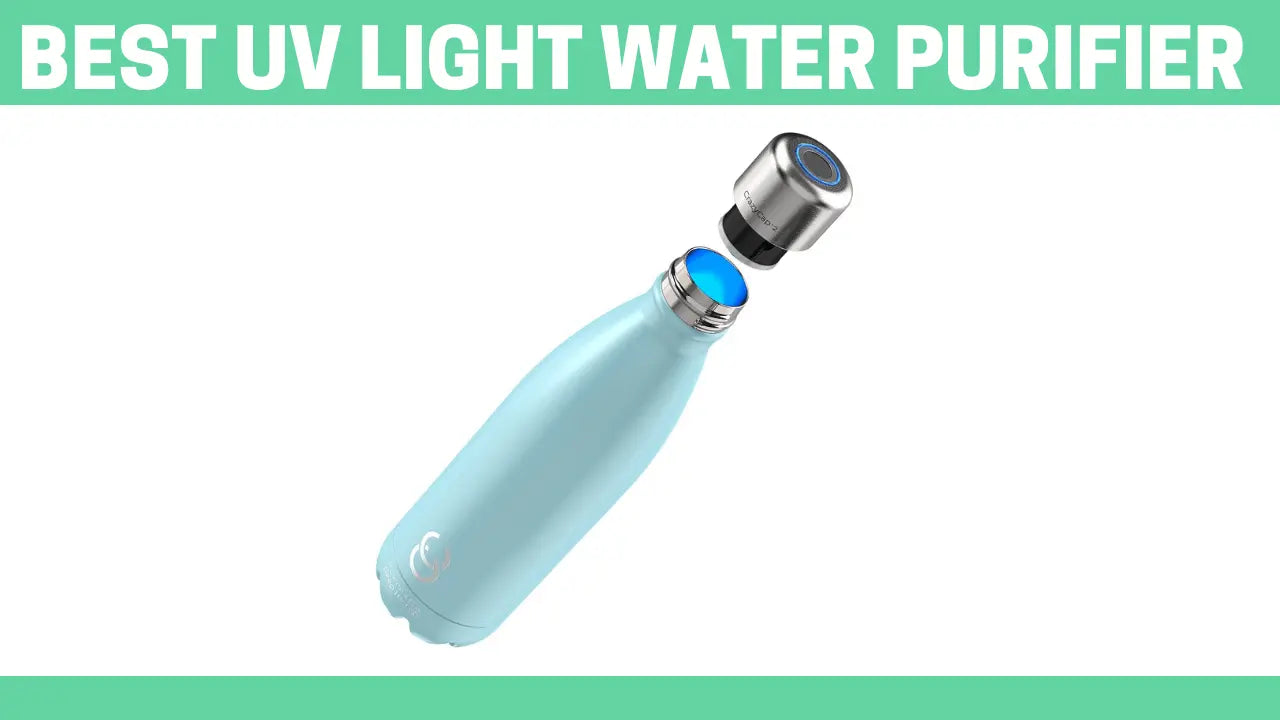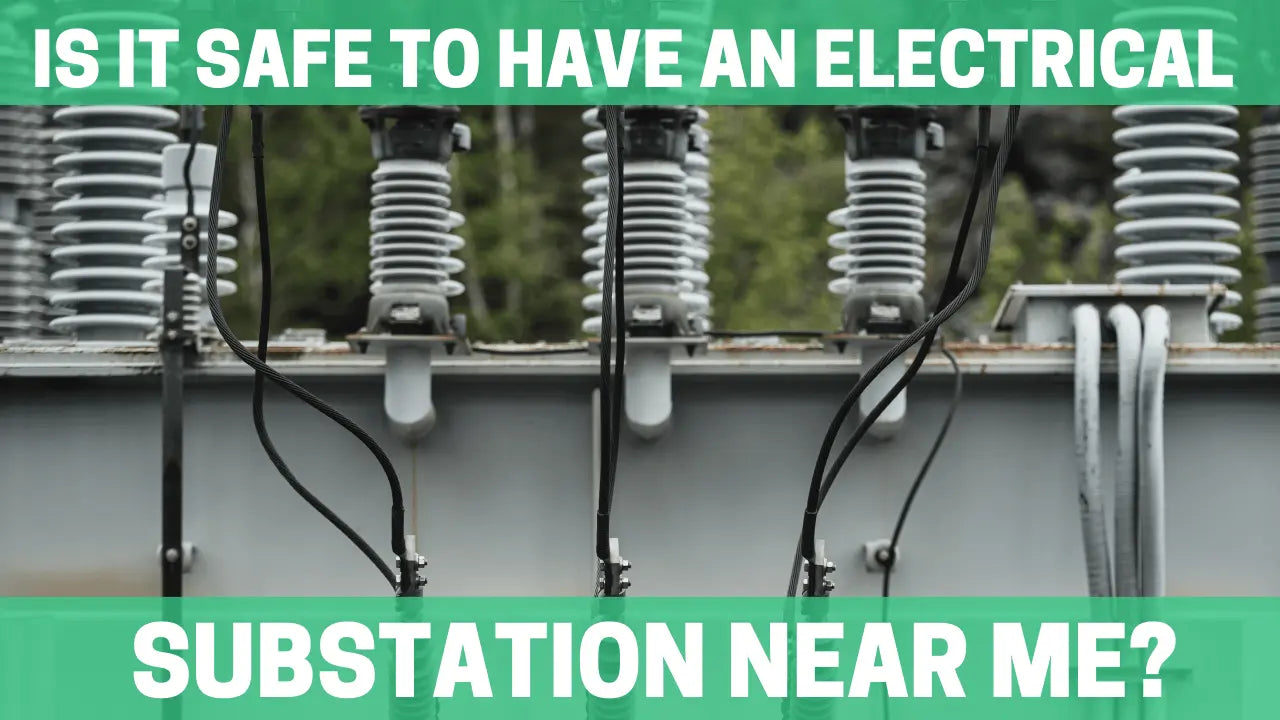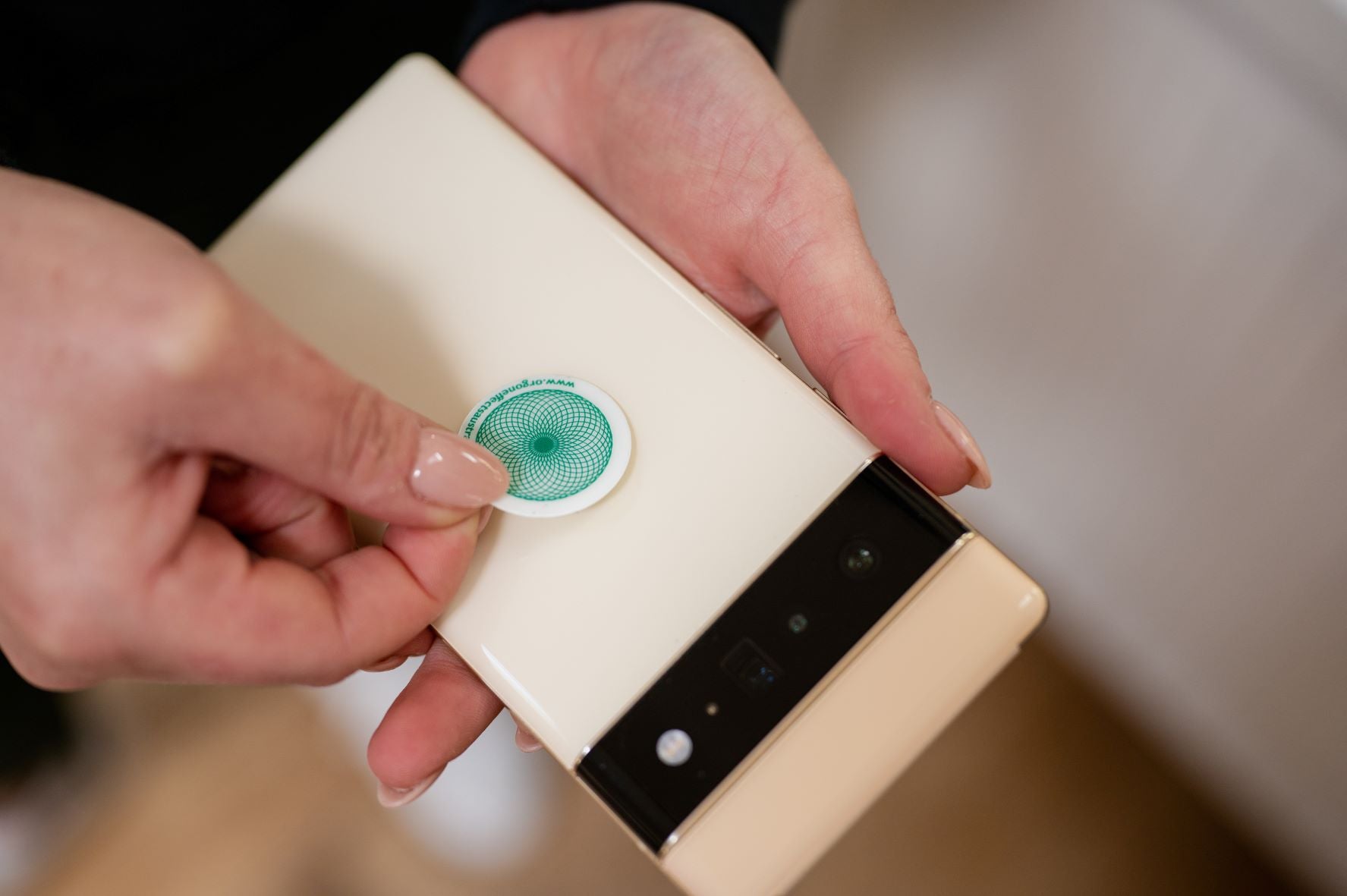Finding mold in your home is not only unsightly, but can also cause many health concerns. Does UV light kill mold?
Nothing is more frustrating than dealing with mold on a muggy and hot day. While there are many ways to prevent fungal growth, UV light is a viable option for killing mold and mildew that many people overlook.
Our Handheld UV Light Sanitizer can kill 99.9% of mold and other microbes in an eco-friendly way.
It does this by creating electromagnetic energy that destroys and attacks the RNA and DNA of microorganisms, preventing their reproduction ability and leading to cell death.
The device offers you an easy way to start killing visible mold and airborne mold spores while preventing the further spread of mold. In this guide, we’ll look at how UV light works and how effective they are against mold.
Can You Kill Mold With UV Light?
Like the power of sunlight, UV radiation can inactivate biological contaminants such as mold, germs, powdery mildew, viruses, and bacteria in the air and on surfaces.
A scientific study conducted by the University of North Carolina Health Care and Duke University Medical Center revealed UV light can reduce more than 91 percent of pathogens in a hospital setting.
Mold spores and other microorganisms are susceptible to the germicidal effects of a properly designed UV lamp.
UV light is a proven technology that has been around since the 18th century and is widely used in industrial processes, meat processing, underground basements, healthcare facilities, and hospitals, e.g. operating rooms.
UV light is also used for microbial sterilization in food sanitization, medical equipment, water treatment, and air purification.
The benefit of UV light is that it kills mold and other microbes without releasing any chemical by-products.
According to the US Environmental Protection Agency (EPA), it is a recommended alternative to chlorine bleach, which when inhaled releases harmful toxins with adverse health effects.
How Does Ultraviolet Light Kill Mold?
UV-C light uses a short wavelength between 100 and 280 nanometers (nm) to inactivate and kill mold, mildew, viruses, and bacteria. Germicidal light emits high-level electromagnetic energy that can penetrate nucleic acids and cause DNA damage in microorganisms. By changing the arrangement of the molecules, the defective cell stops functioning. When the cell is deactivated, the mold cannot multiply and does not trigger an allergic reaction.
How Long Does it Take for UVC Light to Kill Mold?
Generally, UV-C light takes 1-2 hours to kill 99.9% of mold. However, the exposure time will vary depending on UV light intensity and proximity to the mold. You also need to consider the cooling effect of the airflow, the strain of the mold to resist UV rays, as well as the type and the coated material of the light bulb.
To ensure your UV light is working at maximum efficiency, turn off all light sources in the room, cover windows and close doors.
Replace the bulb before it wears out, as UV radiation becomes less effective over time. The lower the light intensity, the greater the UV exposure needed to destroy mold and microbes.
Regular cleaning is required to keep the UV lamp dust-free. A dirty UV lamp or chamber reduces sterilization performance because dust blocks UV light exposure.
Finally, place the germicidal UV light near a mold-infested area that is typically humid, shaded, and out of sunlight. If the UV light does not reach the mold, there is no germicidal effect.
Why Should I Use UV Light to Kill Mold?
According to HomeAdvisor.com, the average mold remediation cost reported by homeowners nationwide is $7,500, but it can easily run into the tens of thousands for major damage.
However, an even bigger concern is your health or that of your employees or customers. That’s where UV light comes in: to effectively control mold and prevent the health risks of mold, which can include respiratory infections, asthma, skin irritation, or the worsening of other existing illnesses. Here are three reasons UV light like our Handheld UV Light Sterilizer is a good addition to your toolbox.
-
Ultraviolet Light Disinfects Wherever the Light Hits
Ultraviolet light is a time-proven technology that kills mold, mildew, bacteria, and viruses.
Think of a sidewalk and shady areas where you find mold: it’s because the germicidal power of sunlight doesn’t reach those areas.
UV light provides the same power as the sun indoors, allowing it to kill mold anywhere the light hits, but not just on surfaces in a room.
UV light can kill mold on surfaces and in the air. It is effective at treating the mold you know and can help kill mold, including airborne spores you can’t see.
-
UV Light Kills Without the Use of Harmful Chemicals
According to the EPA’s mold remediation guidelines, “use of a biocide such as bleach is not recommended as a standard practice when remediating mold.”
Chemicals not only have damaging effects on the people who use them, they often have to be left on surfaces for extended periods to work which can damage certain materials.
Ultraviolet light can eliminate mold without these adverse effects. Ultraviolet light creates electromagnetic energy that destroys and attacks the RNA and DNA of microorganisms, preventing their reproduction ability and leading to cell death.
UV light can eliminate microorganisms at the ideal distance and for the right amount of time to deliver the right dose.
-
UV Light Offers Protection throughout the Disinfection Process
The first step in remediation is an inspection to evaluate the extent of the damage and the most ideal course of action to deal with mold in the room.
However, there is mold that you can see, but there are probably mold spores in the air that you cannot see.
UV light can be an easy way to start killing visible mold and also help kill airborne mold spores and prevent the further spread of mold.
However, when you begin the remediation process, you risk interfering with mold spores: once again, they become airborne into the space being treated, or worse, into surrounding spaces through ducts, ventilation ducts, or crevices in your containment.
Therefore, ultraviolet light can be an integral part of your routine to continually remove any mold that has been exposed or may have become airborne.
Adding ultraviolet light to your toolbox can help to protect against any mold or spores that are still active in your space.
Our Handheld UV Light Sanitizer Can Help

With the Handheld UV Light Sanitizer, you can implement an effective solution to help ensure the safety and health of your family, employees, or customers.
This device is equipped with a powerful broad spectrum of UV-C, and violet-blue light to maximize killing power.
The Handheld UV Light Sanitizer can deliver powerful, germicidal ultraviolet light to your remediation site in the right size and shape for the job at hand.




